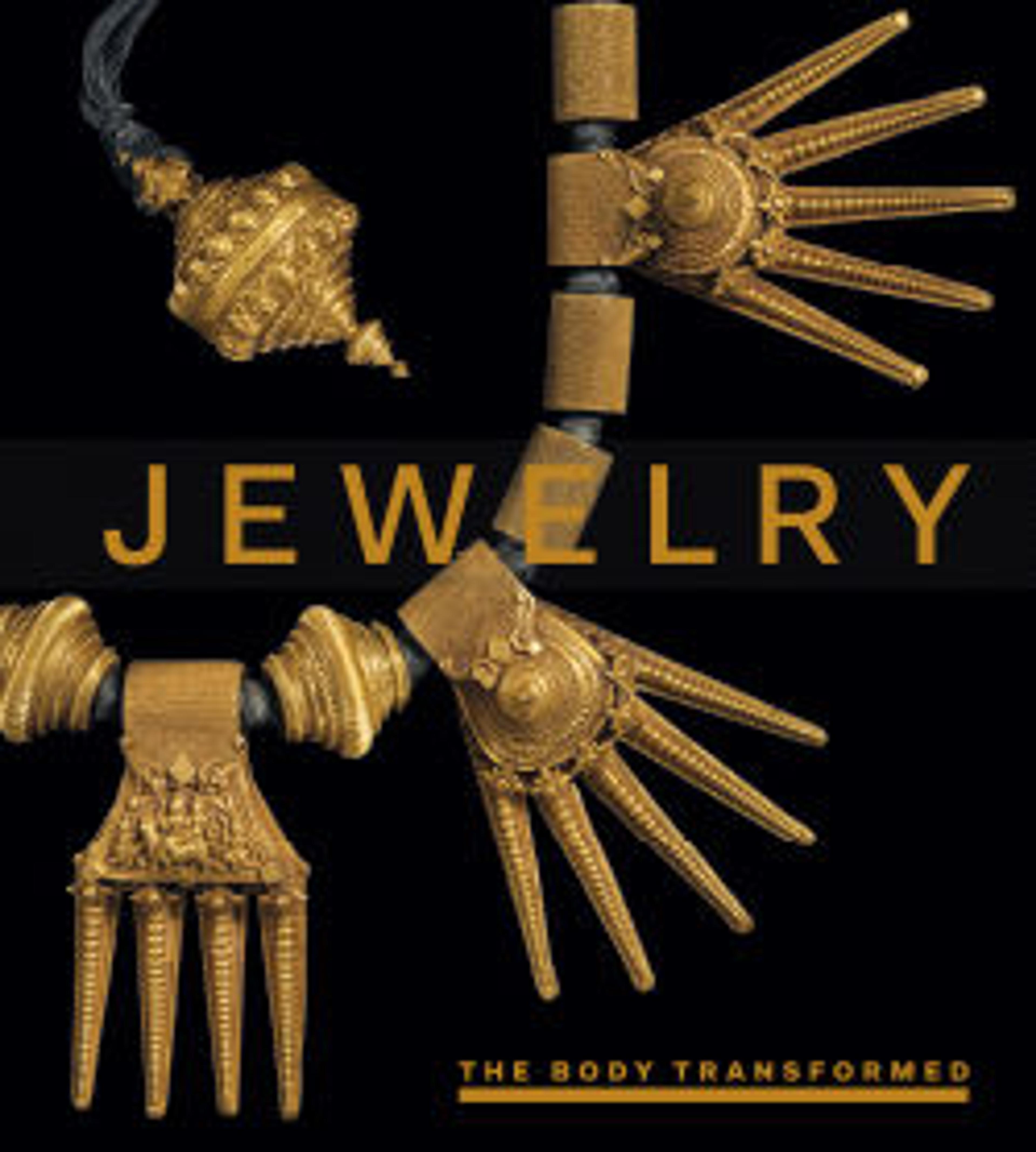Smallsword, known as a Mourning Sword
The deeply blued steel hilt is set with faceted steel beads, giving the impression of jewels. Beaded steel smallsword hilts, blued to nearly jet black, were in fashion in England during the Neoclassical period and are thought to have been worn with formal dress at times of mourning.
Artwork Details
- Title: Smallsword, known as a Mourning Sword
- Date: ca. 1790
- Culture: British
- Medium: Steel, textile
- Dimensions: L. 38 in. (96.5 cm); L. of blade 30 3/4 in. (78.1 cm); W. 4 3/4 in. (12.1 cm); D. 3 1/2 in. (8.9 cm); Wt. 15 oz. (425 g)
- Classification: Swords
- Credit Line: Gift of Jean Jacques Reubell, in memory of his mother, Julia C. Coster, and of his wife, Adeline E. Post, both of New York City, 1926
- Object Number: 26.145.307
- Curatorial Department: Arms and Armor
More Artwork
Research Resources
The Met provides unparalleled resources for research and welcomes an international community of students and scholars. The Met's Open Access API is where creators and researchers can connect to the The Met collection. Open Access data and public domain images are available for unrestricted commercial and noncommercial use without permission or fee.
To request images under copyright and other restrictions, please use this Image Request form.
Feedback
We continue to research and examine historical and cultural context for objects in The Met collection. If you have comments or questions about this object record, please contact us using the form below. The Museum looks forward to receiving your comments.
